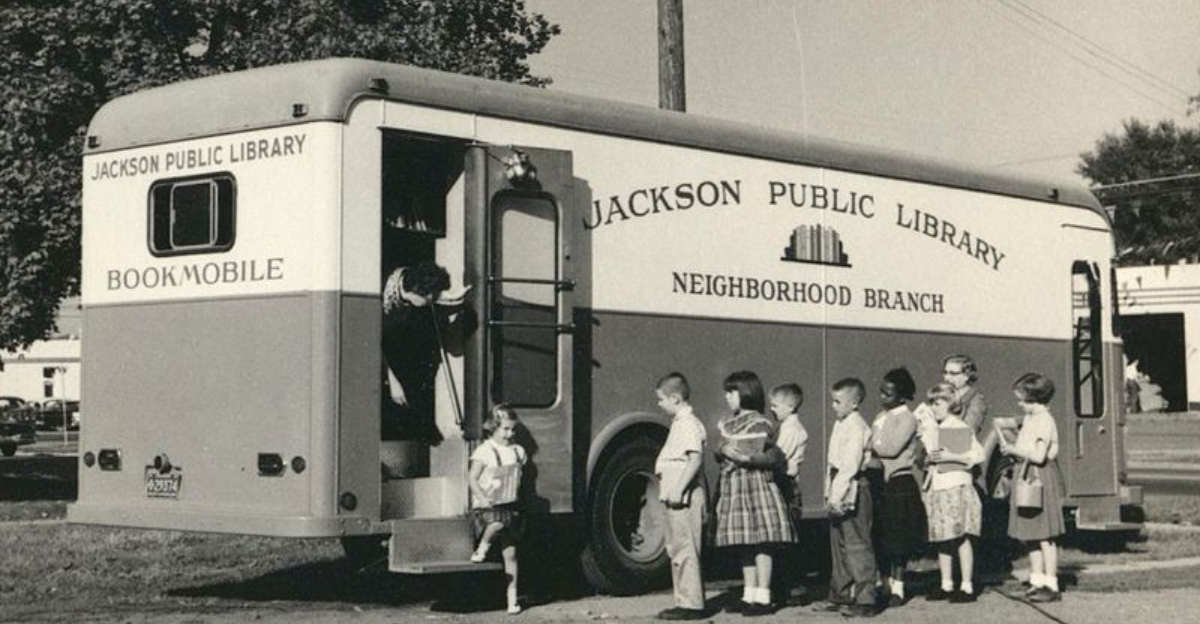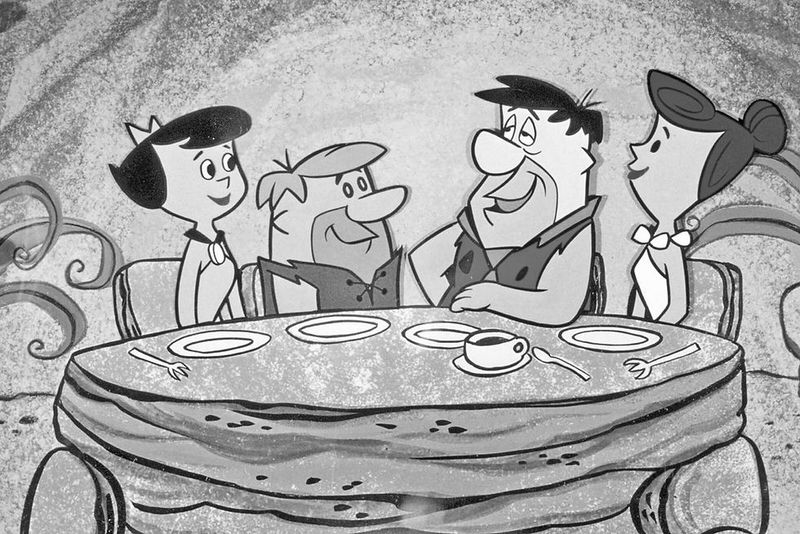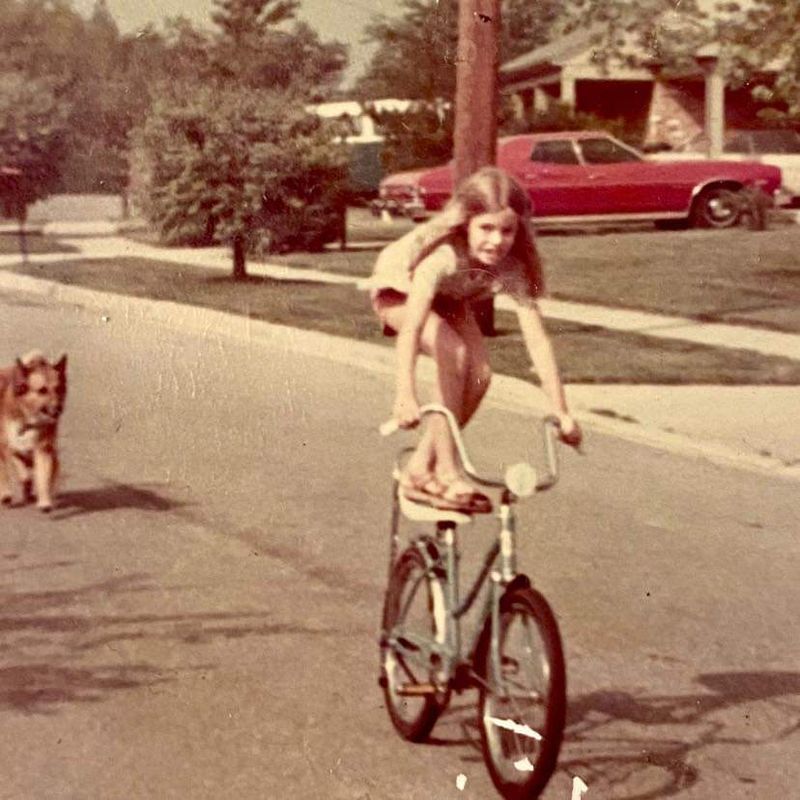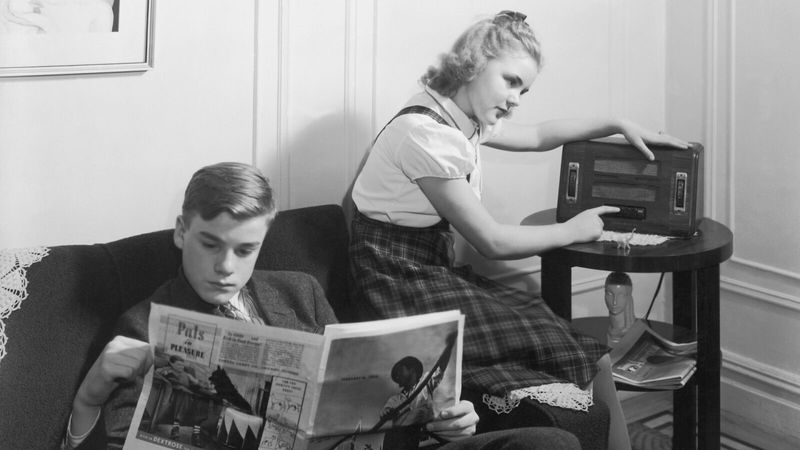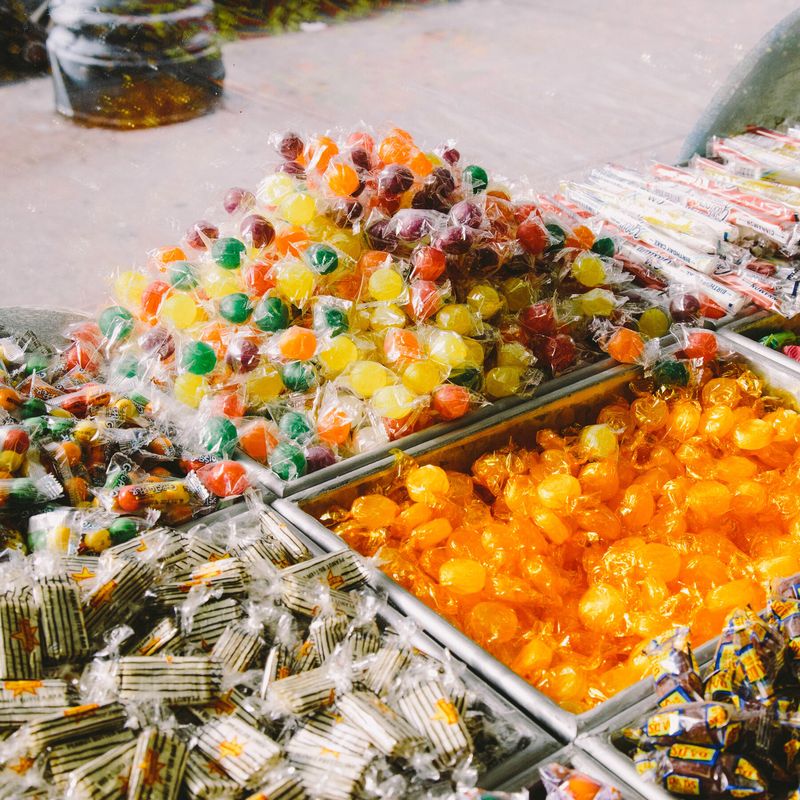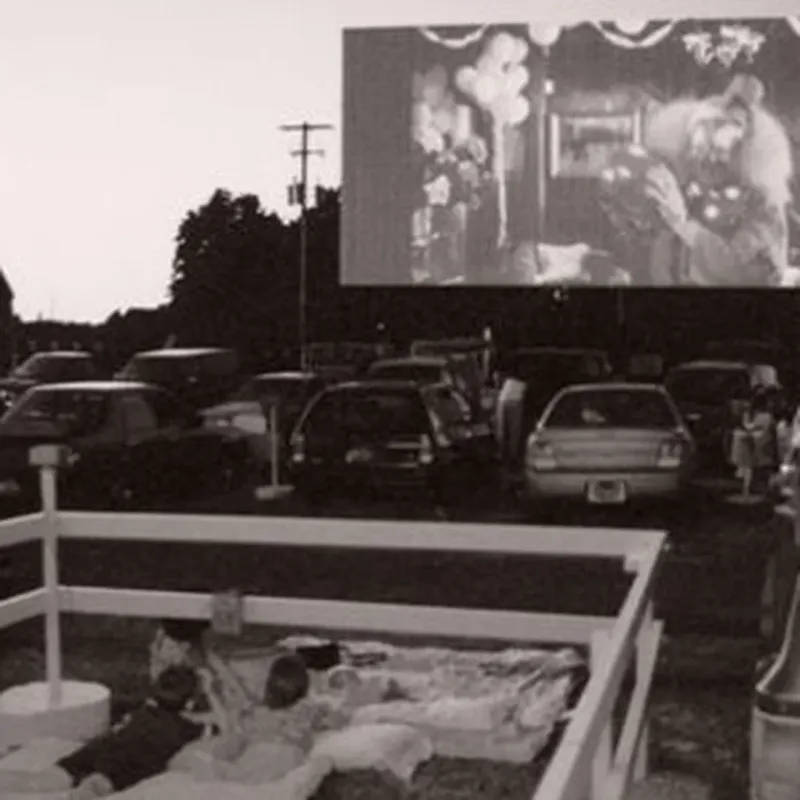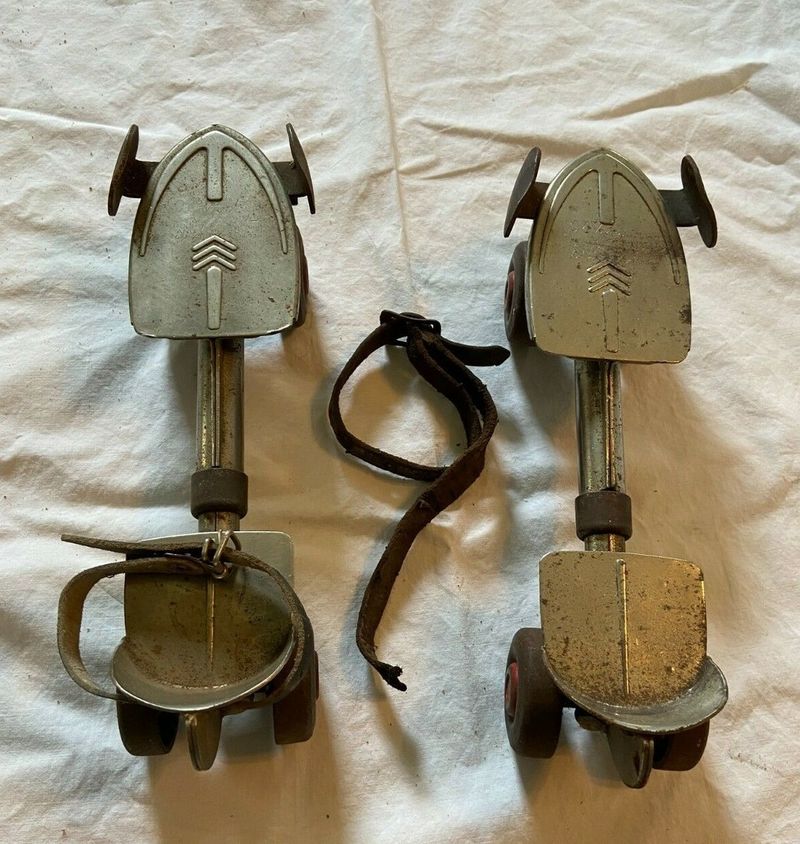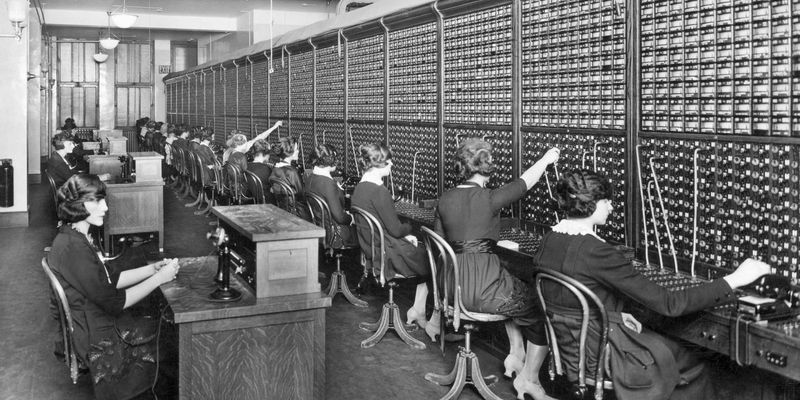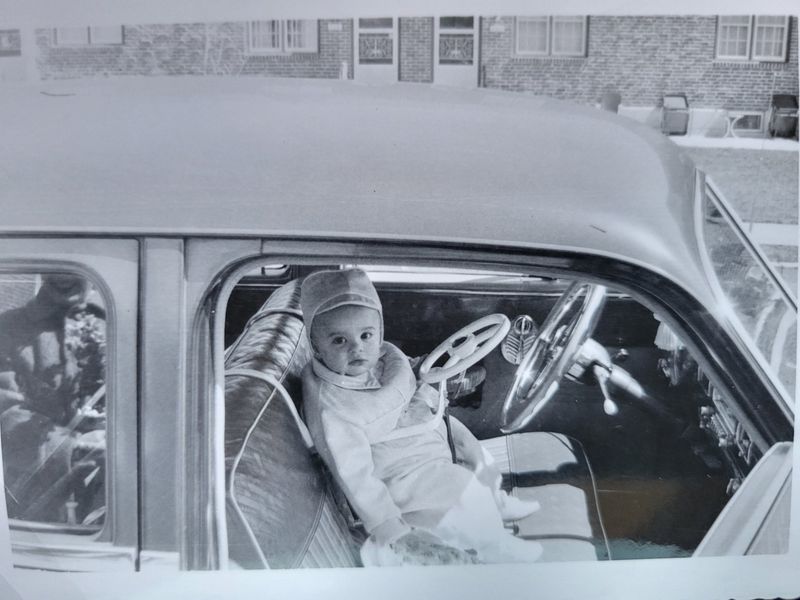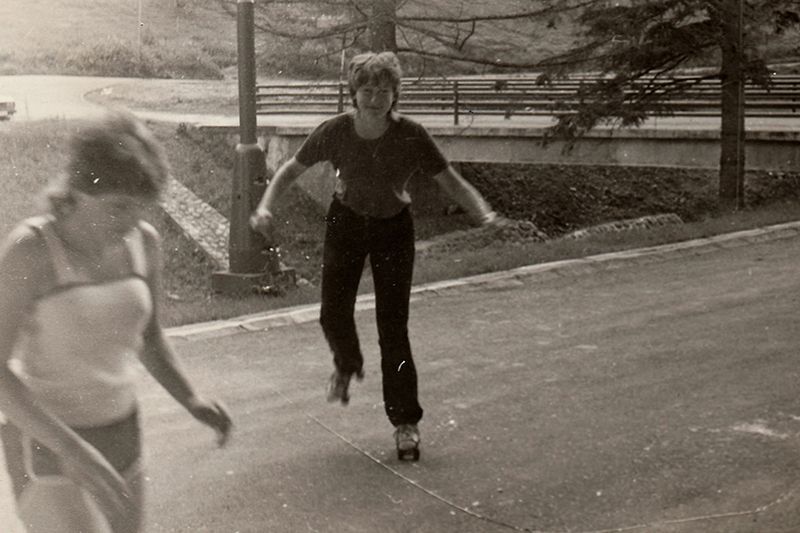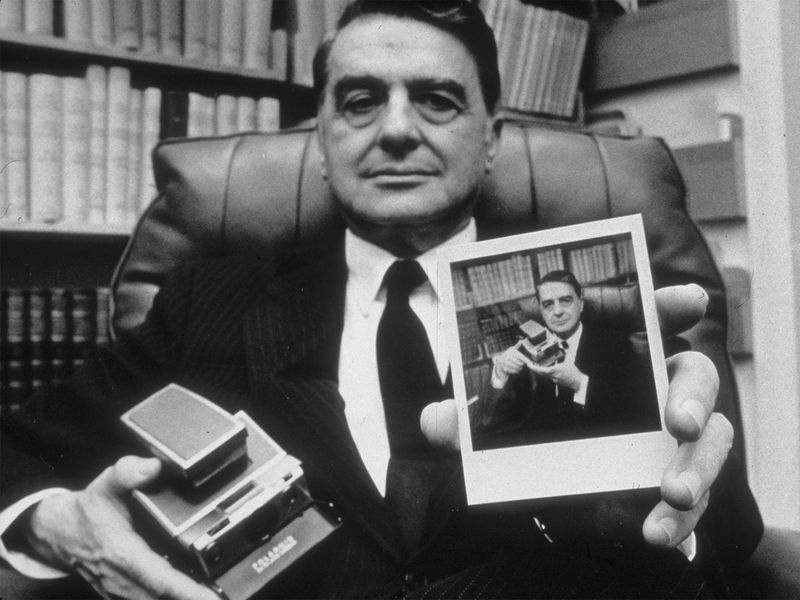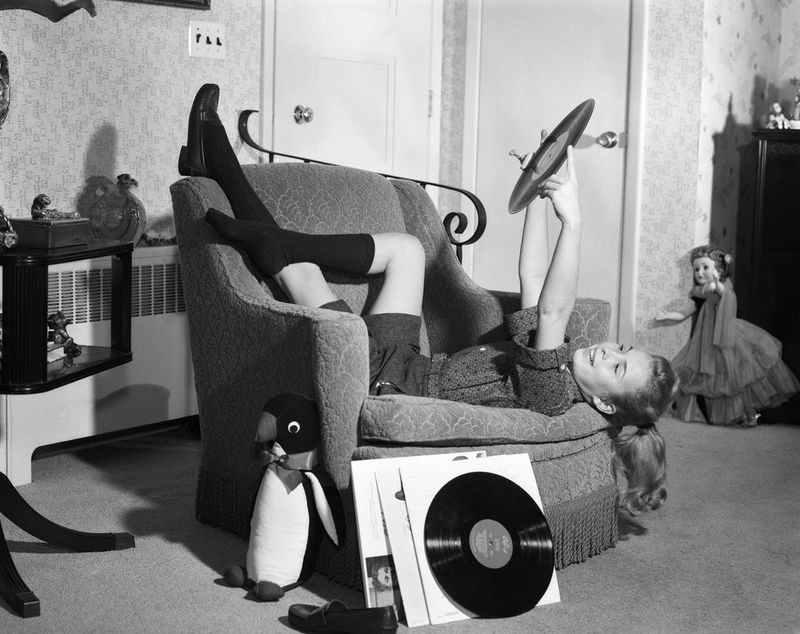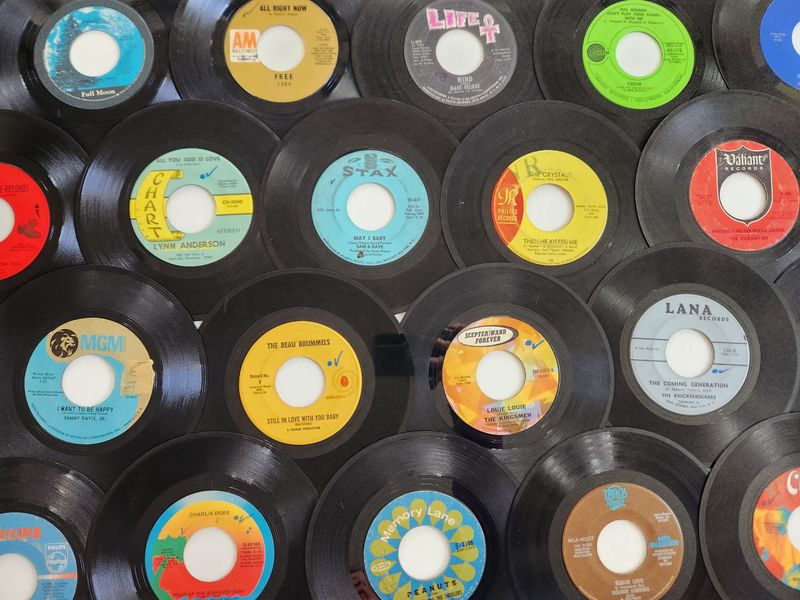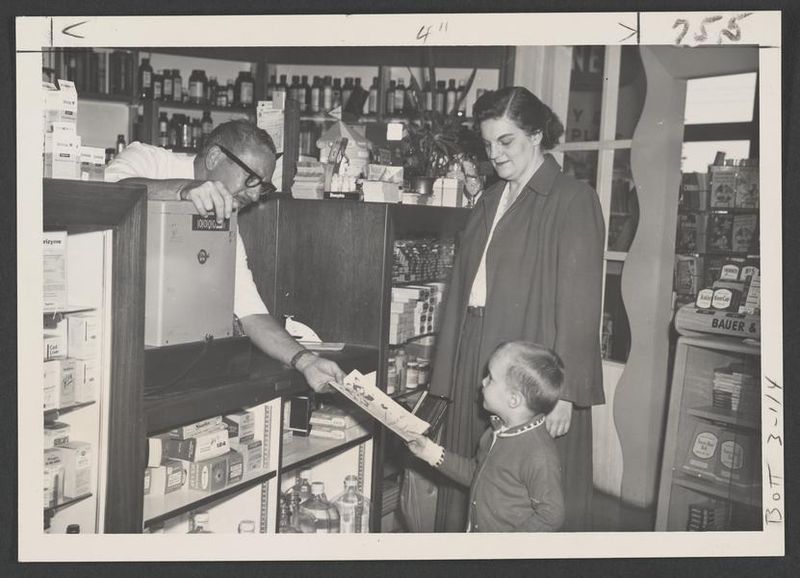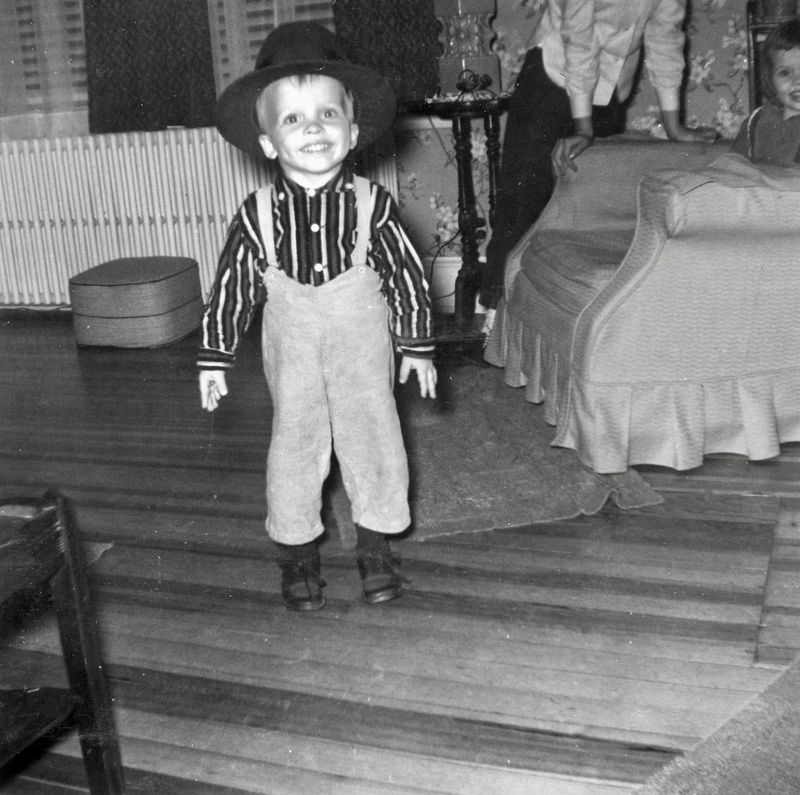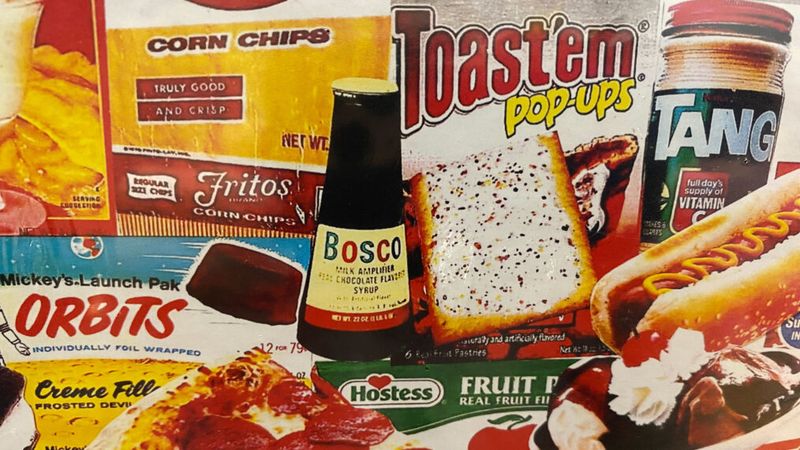The 1960s were a time of incredible change—but for kids growing up back then, it was all about simple joys and analog fun. Today’s tech-savvy youth might never believe how we spent our days. If you were a child of the ’60s, get ready for a wave of nostalgia. Here are 19 childhood experiences from the 1960s that have disappeared—and probably aren’t making a comeback.
1. Saturday Morning Cartoons on a Black-and-White TV
Waking up early on Saturdays was a ritual for ’60s kids, eagerly awaiting their favorite cartoons. There were no DVRs or streaming services, just anticipation, and excitement.
Sitting in front of a fuzzy black-and-white TV with a bowl of cereal, children were transported to worlds of laughter and adventure.
The simplicity of morning cartoons on a monochrome screen brought joy and a break from the structured school week. This was a time when imagination thrived, with animated characters and stories sparking creativity in young minds.
2. Riding Bikes Without Helmets
In the 1960s, bike riding was synonymous with freedom. Children took to the streets with nothing but the wind in their hair, zipping past neighbors and friends.
Helmets were a rarity, and safety took a backseat to adventure. The thrill of riding fast, racing friends, or simply exploring the neighborhood was unmatched.
This fearless approach to biking fostered independence and a sense of adventure, allowing children to explore the world at their own pace.
3. Waiting by the Radio for Your Favorite Song
Before playlists and on-demand music, ’60s teens had a different challenge: catching their favorite song on the radio.
With a finger poised over the “record” button, they hoped the DJ wouldn’t talk over the intro. The thrill of finally hearing the first notes was worth the wait.
Recording songs from the radio required patience and precision, turning the task into an art form. It was a time when music felt more personal, as each song recorded became a prized possession.
4. Penny Candy
For ’60s kids, a single penny was the key to a world of sugary delights. Penny candy stores were magical places where children could indulge in sweet fantasies.
From jawbreakers to licorice, each candy was a tiny treasure, and a pocketful of change could bring endless joy.
These stores fostered decision-making skills as children carefully chose their favorites, savoring each choice. Penny candy represented simple joys and the thrill of small pleasures.
5. Drinking from the Garden Hose
Quenching thirst was a simple affair during summers in the ’60s. A quick sip from the garden hose was refreshing and spontaneous.
Without concerns about bottled water or filters, children embraced the warm, metallic taste as part of their outdoor play.
The act of drinking from the hose symbolized freedom and the joys of childhood exploration, as playtime extended from dawn to dusk in the company of neighborhood friends.
6. Drive-In Movies
Drive-ins were the ultimate family outing in the ’60s. Cars lined up as families piled in, eager for a night under the stars.
The large outdoor screen flickered to life, and speakers hooked to car windows brought soundtracks and dialogue. The experience was both communal and intimate.
Children wore pajamas, parents packed snacks, and everyone enjoyed double features immersed in the magic of cinema. Drive-ins offered an enchanting escape from daily life.
7. Roller Skating with Metal Clamp-Ons
Roller skating in the ’60s was a thrilling adventure. Metal skates clamped onto sneakers, turning sidewalks into rinks of excitement.
These skates had a mind of their own, often loosening at the most inopportune moments. Yet, the thrill of motion outweighed the minor mishaps.
Children glided with joy, feeling the wind rush past as they perfected spins and stops. Roller skating was a blend of skill and spontaneity, offering endless fun.
8. Talking to Operators to Make a Phone Call
Before speed dial, making a call was a process. ’60s kids learned the art of conversing with operators to connect calls.
Dialing a rotary phone required patience, as fingers turned the wheel to each number. Operator conversations added a personal touch to each call.
Party lines meant shared conversations and a sense of community. This analog communication fostered patience and social skills, making each call a unique experience in connectivity.
9. Making Mix Tapes from the Radio
Creating the perfect mix tape was an art form in the ’60s. Teens listened intently, ready to hit “record” when their favorite songs played.
Timing was crucial, as interruptions from DJs could ruin the flow. Each tape was a personalized playlist, capturing emotions and memories.
Mix tapes were shared with friends, symbolizing bonds and shared musical tastes. The effort behind each tape made the final product a cherished collection of moments.
10. Sitting in the Front Seat—No Seatbelt
Car rides in the ’60s were free-spirited adventures. Children eagerly claimed the front seat, bouncing with excitement.
Seatbelts were often ignored, replaced by a sense of trust in the journey. The front seat offered a world of sights and sounds, sparking curiosity and conversation.
Without restrictions, kids felt like co-pilots, sharing in the adventure of the open road, as families traveled to new destinations.
11. Playing Outside Until the Streetlights Came On
In the ’60s, outdoor play was boundless. Children roamed freely, guided only by the setting sun and glowing streetlights.
Neighborhoods became playgrounds, where games of tag and hide-and-seek lasted until dusk. Parents’ only rule was to be home by dark.
This freedom nurtured creativity and friendships, as kids invented adventures and bonded over shared escapades, making memories under the fading light.
12. Bookmobiles
Bookmobiles were a literary lifeline in the ’60s. These mobile libraries brought books directly to neighborhoods, igniting a love for reading.
Children eagerly awaited their arrival, browsing shelves for new adventures. The excitement of choosing a book was unparalleled.
Bookmobiles made literature accessible, fostering imaginations and encouraging lifelong learning. They turned streets into gateways of knowledge and adventure.
13. Using Encyclopedia Sets for Homework
Before the internet, encyclopedias were portals to knowledge. ’60s kids turned pages in these hefty tomes to complete school projects.
Each volume held facts and illustrations, unlocking worlds of information. The scent of paper and ink added to the experience.
Research required patience and dedication, as children learned to navigate indexes and cross-references. Encyclopedias fostered curiosity and a love for learning.
14. Polaroid Pictures
Polaroids were instant magic in the ’60s. Families gathered as a photo developed before their eyes, capturing moments in vibrant color.
The process was mesmerizing—snap, shake, wait. Each picture was a tangible memory, holding stories and emotions.
Polaroids combined art and technology, offering a new way to preserve life’s fleeting moments, making memories tangible and timeless.
15. Listening to Vinyl Records with Giant Headphones
Vinyl records were the heartbeat of ’60s music. Dropping the needle onto a spinning disc released melodies that filled the air.
Giant headphones created a personal concert, where each note resonated deeply. The soft crackle of the record added warmth and texture.
Listening to vinyl was an immersive experience, a ritual that connected fans to their favorite artists, making music intimate and alive.
16. Playing Records at 45 RPM
The 45 RPM record was a musical gem. Small and colorful, these discs spun stories of love and life.
Children eagerly placed them on turntables, marveling at each song’s uniqueness. The ritual of flipping records was part of the charm.
These records were symbols of identity, as teens curated collections that spoke to their souls, creating soundtracks for their lives.
17. Comic Books from the Drugstore Rack
Drugstore comic racks were treasure troves in the ’60s. Spinning wire stands held tales of heroes and adventure.
Children browsed eagerly, each cover a portal to excitement and imagination. Comics sparked creativity and offered escape.
Collecting issues became a hobby, as kids followed storylines and characters, building personal libraries of illustrated wonder.
18. Homemade Halloween Costumes
Halloween was a festival of creativity in the ’60s. Store-bought costumes were rare, so children crafted their own.
Old clothes and household items transformed into costumes of monsters and heroes. The process was as fun as the night itself.
Homemade costumes encouraged imagination, resourcefulness, and community spirit, as neighborhoods came alive with uniquely dressed trick-or-treaters.
19. Tang and Space Food Snacks
The space race influenced everything in the ’60s, including snacks. Tang, the powdered drink, became a household name.
Marketed as the drink of astronauts, it fueled imaginations and taste buds. Space food snacks followed, adding novelty to meals.
These foods embodied innovation and adventure, linking everyday life to the cosmos, and made each sip a taste of the future.
